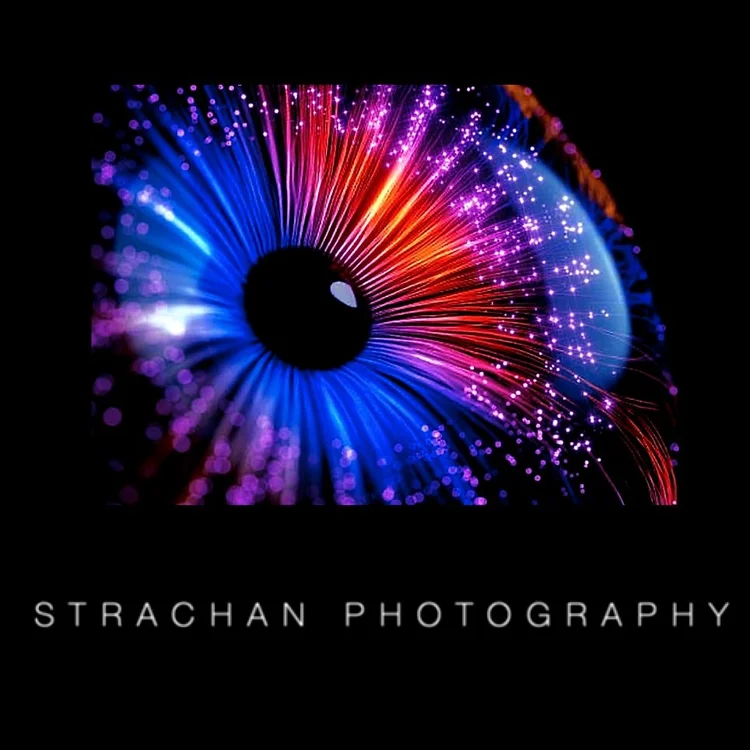Remembering Tony Bourdain rock the casbah in Tangier Morocco, the “City of Stories,” for CNN’s Parts Unknown.
At a talk a few years back at a book fair near where I live, the respected world traveller Paul Theroux — who broke bread with Anthony Bourdain over Hawaiian rice flavoured with pineapple, coconut and golden raisins in a Parts Unknown outing for CNN two years later — said that anyone else’s experiences of the South Pacific, as Theroux recounted in his first-person testimonial The Happy Isles of Oceania, would not be the same as his, should they decide to go.
That’s the whole point of writing prestige literature, Theroux said.
It’s not about the place; it’s about the person inside.
I was reminded of that the other night while re-watching Bourdain’s Parts Unknown episode on Tangier, Morocco, in which Bourdain waxes poetic about the experiences of several of his literary heroes, among them William S. Burroughs, in “the City of Stories,” as Tangier is often known.
Tangier was founded in the 5th century BC. It’s a crossroad of cultures, ruled at various intervals over time by Phoenicians, Romans, Carthaginians, Spaniards, the English — oh god, the English! — and Arabs, including a several-year spell as an “international city” in the early 1950s (think Rick’s Cafe Americain from Casablanca, if Casablanca had been governed at the time by the UN).
As described by Bourdain, Tangier is a state of mind, full of cultural enclaves and layers, where a waiter may welcome you in Spanish, a member of the local constabulary may address you in inflected French, and where voices cry out in Arabic over streets that have borne witness to decades of literary hangers-on, from William S. Burroughs and Paul Bowles to Alexandre Dumas and Mark Twain, all cast in the luminous sea light of the Mediterranean and Gibraltar, with Spain and modern Europe just a short ferry ride away.
I’ve been to Tangier myself, years ago, and I can’t still quite wrap my head around the experience, even something as banal as whether I loved it or hated it.
Theroux had a point because my Tangier was most decidedly not Bourdain’s Tangier, or at least the Tangier that Bourdain describes — aptly and well, with the heartfelt conviction that Bourdain brought to virtually every place he experienced throughout Parts Unknown’s 12 seasons. (Looking back on it now, can it really have been 12 seasons?)
I never cared for Burroughs’ writing, for one — Naked Lunch, which Burroughs wrote in 1959, the year I was born, was unreadable. (No, I didn’t try to read it then; that would’ve been some neat trick.
I tackled it years later as a young man).
Bourdain would no doubt dismiss me with one of his signature scoffs and an irritated wave of the hand.
I’m a great admirer of Paul Bowles, though. The Sheltering Sky, for me, is a masterpiece of modern prose. It played a large role — though by no means the only role — in nurturing in me a lifelong fascination with the Sahara.
And therein lies the rub. Tangier is a city of mystery and intangibles, where no two people are likely to experience it the same way.
During his stay for Parts Unknown, Bourdain sampled the British tea at Café Tingis (one teabag per person, and another for the pot, how very English, do they give the teabags pet names?); the tagine (a traditional Moroccan stew of vegetables and meat of fish) at Saveur de Poisson on Escalier Waller; the Moroccan mint tea at Café Baba on Rue Zaitouni and the Moroccan tomato salad at le Restaurant Andalus; and last but not least, the Moroccan goat cheese, or jben, at Grand Socco at Place du 9 Avril 1947, a town square named for the date of a speech given by King Mohamed V.
I, on the other hand, downed a bottle of lukewarm Coke on a hot late afternoon one year in May, while working worked my way through a paper plate of soggy fries.
It did have its compensations, though. I kept the bottle, tiny, made of seemingly inch-thick glass, in the classic old glass style of Coca-Cola bottles, with the Coke logo printed in Arabic. I’ve stored it on a shelf near my workspace all these years. (Fun fact which likely won’t surprise you: Coca-Cola, written in Arabic, is instantly recognizable as saying Coca-Cola, even to someone as unfamiliar with cursive Arabic script as I am.)
Chances are, you will never see Tangier for yourself. If you do, though, remember Theroux’s counsel about all places in all parts of the world: your experience won’t be the same as mine, or anyone else’s. Everyone sees things differently.
I’ll say this, though. What Bourdain had to say, and what he saw and experienced of Tangier in his own words for CNN is an out-of-body experience in its own right. Hadha sahih.
Further reading:
https://explorepartsunknown.com/morocco/bourdains-field-notes-morocco/

